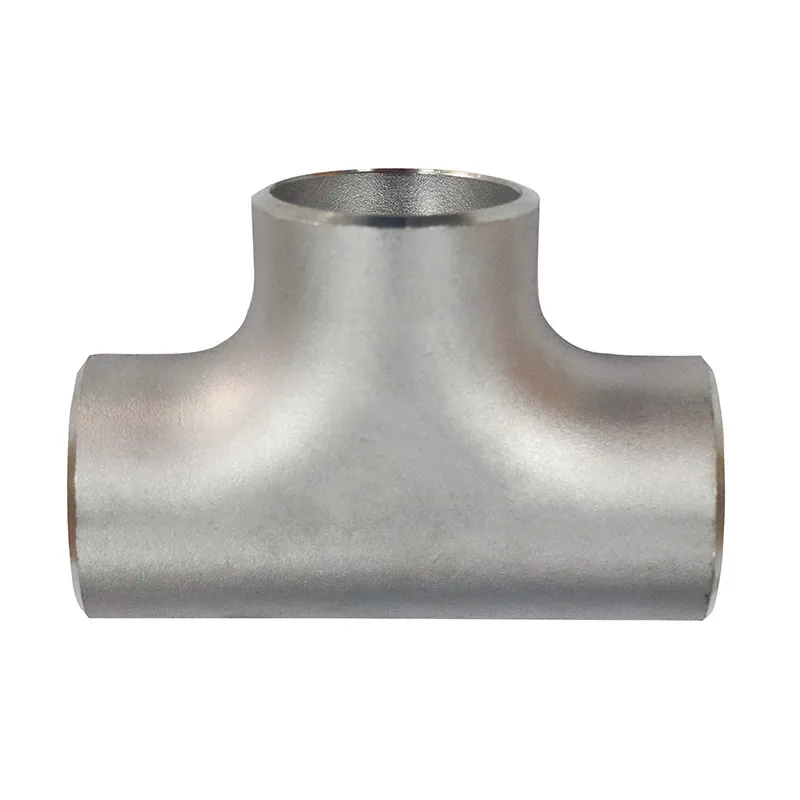-
Cangzhou Yulong Steel Co., Ltd.
-
Phone:
+86 13303177267 -
Email:
admin@ylsteelfittings.com
- English
- Arabic
- Italian
- Spanish
- Portuguese
- German
- kazakh
- Persian
- Greek
- French
- Russian
- Polish
- Thai
- Indonesian
- Vietnamese
- Zulu
- Korean
- Uzbek
- Hindi
- Serbian
- Malay
- Ukrainian
- Gujarati
- Haitian Creole
- hausa
- hawaiian
- Hebrew
- Miao
- Hungarian
- Icelandic
- igbo
- irish
- Japanese
- Javanese
- Kannada
- Khmer
- Rwandese
- Afrikaans
- Albanian
- Amharic
- Armenian
- Azerbaijani
- Basque
- Belarusian
- Bengali
- Bosnian
- Bulgarian
- Catalan
- Cebuano
- China
- China (Taiwan)
- Corsican
- Croatian
- Czech
- Danish
- Esperanto
- Estonian
- Finnish
- Frisian
- Galician
- Georgian
- Kurdish
- Kyrgyz
- Lao
- Latin
- Latvian
- Lithuanian
- Luxembourgish
- Macedonian
- Malgashi
- Malayalam
- Maltese
- Maori
- Marathi
- Mongolian
- Myanmar
- Nepali
- Norwegian
- Norwegian
- Occitan
- Pashto
- Dutch
- Punjabi
- Romanian
- Samoan
- Scottish Gaelic
- Sesotho
- Shona
- Sindhi
- Sinhala
- Slovak
- Slovenian
- Somali
- Sundanese
- Swahili
- Swedish
- Tagalog
- Tajik
- Tamil
- Tatar
- Telugu
- Turkish
- Turkmen
- Urdu
- Uighur
- Welsh
- Bantu
- Yiddish
- Yoruba

Dec . 10, 2024 18:00 Back to list
common flange types
Common Flange Types An Overview
Flanges are critical components in piping systems, serving as flat pieces of metal that connect two sections of piping or other equipment. They are essential for ensuring the integrity of the system, providing a strong, leak-proof seal that can withstand high pressures and temperatures. In this article, we will explore the common types of flanges, their applications, and the materials typically used in their construction.
1. Weld Neck Flanges
Weld neck flanges are easily recognizable by their long neck that connects to the pipe through a weld. This design helps to minimize stress at the joint, making them suitable for high-pressure applications. Weld neck flanges are commonly used in industries such as petrochemical and oil & gas, where they can handle extreme conditions. They are typically made from stainless steel, carbon steel, or alloy steel.
2. Slip-On Flanges
Slip-on flanges are designed to slide over the pipe before being welded in place. They are easier to align and install compared to weld neck flanges, making them a popular choice for lower-pressure applications. However, they are not recommended for high-pressure or high-temperature applications because they do not provide the same level of support. Slip-on flanges are often made from stainless steel or carbon steel and are commonly used in water supply systems and process piping.
3. Blind Flanges
Blind flanges are solid pieces of metal that are used to seal the end of a pipe or a vessel. They offer easy access for inspection and maintenance while preventing any fluid from escaping. Blind flanges are typically employed in systems where future access is anticipated, but the flow is currently not required. They are available in various sizes and are manufactured from materials like carbon steel and stainless steel, often indicating their pressure class.
common flange types

Threaded flanges, also known as screwed flanges, are designed for easy assembly. They have internal threads that allow them to be screwed onto pipes without the need for welding. This feature makes them a convenient option for installations when welding is not feasible. However, threaded flanges are not recommended for high-pressure applications since they are more susceptible to leaks. Commonly used in low-pressure applications such as water and gas lines, threaded flanges are typically made from carbon steel or stainless steel.
5. Socket Weld Flanges
Socket weld flanges feature a socket that allows the pipe to fit inside it before being welded. This type offers a stronger union compared to slip-on flanges, making it suitable for high-pressure piping systems. They are commonly used in industries that require strong, leak-proof connections, such as oil and gas, chemical processing, and power generation. Socket weld flanges are generally made from stainless steel and carbon steel.
6. Lap Joint Flanges
Lap joint flanges are designed to be used with stub ends. The flange has a flat surface on which a stub end sits, allowing for easier disassembly and reassembly of piping systems. This design is beneficial in applications requiring frequent maintenance or inspections. Lap joint flanges are commonly found in chemical industries and are available in all sizes and pressure ratings.
7. Orifice Flanges
Orifice flanges are specialized flanges that have bolt holes and a machined orifice for measuring flow rates in a piping system. They are used in conjunction with flow meters to provide precise flow measurements. Their design allows for easy installation and removal, making maintenance convenient. Orifice flanges are typically made from carbon steel and stainless steel, depending on the application.
Conclusion
Understanding the various types of flanges and their applications is crucial for designing and maintaining effective piping systems. Each flange type offers specific advantages and is suited for different operating conditions. By selecting the appropriate flange for your project, you can ensure the reliability, safety, and efficiency of your piping system. Whether you're involved in the oil and gas, water treatment, or chemical processing industry, it's vital to choose the right flanges to meet your needs.
Latest news
-
ANSI 150P SS304 SO FLANGE
NewsFeb.14,2025
-
ASTM A333GR6 STEEL PIPE
NewsJan.20,2025
-
ANSI B16.5 WELDING NECK FLANGE
NewsJan.15,2026
-
ANSI B16.5 SLIP-ON FLANGE
NewsApr.19,2024
-
SABS 1123 FLANGE
NewsJan.15,2025
-
DIN86044 PLATE FLANGE
NewsApr.19,2024
-
DIN2527 BLIND FLANGE
NewsApr.12,2024
-
JIS B2311 Butt-Welding Fittings LR/SR 45°/90° /180°Seamless/Weld
NewsApr.23,2024











